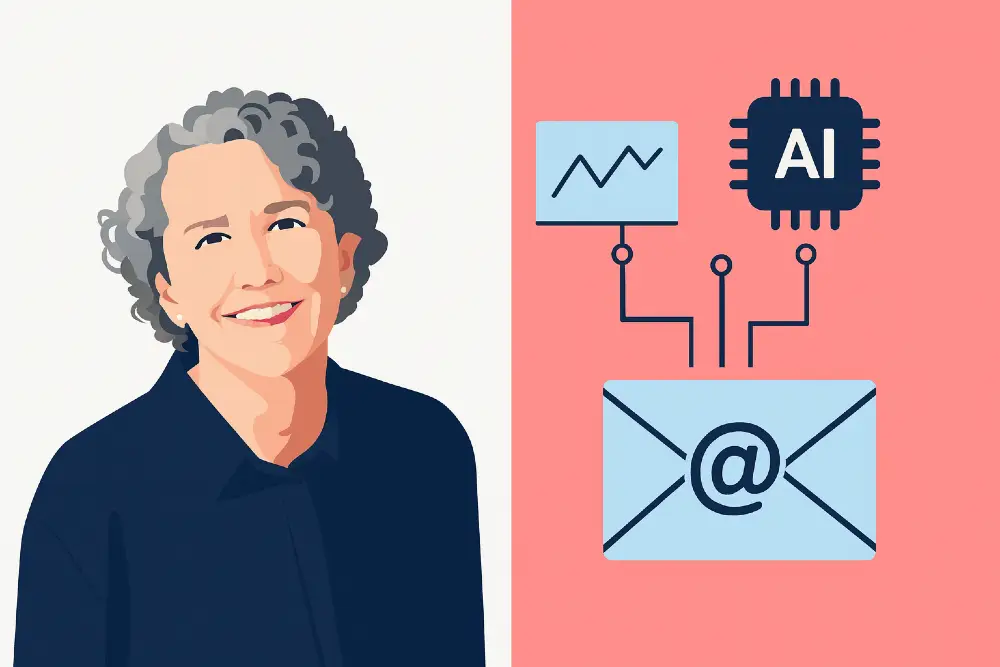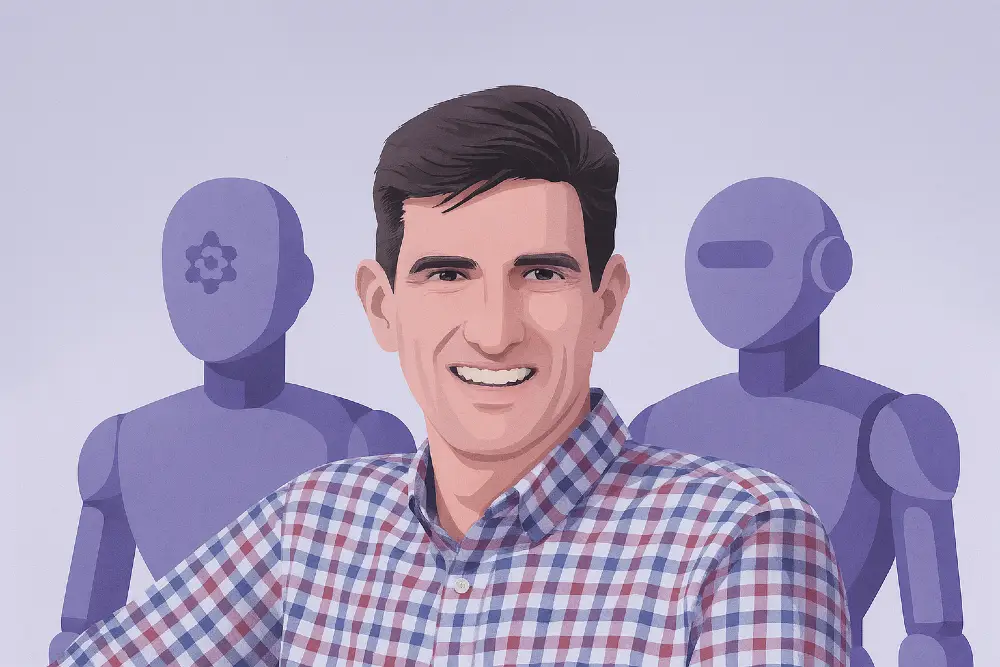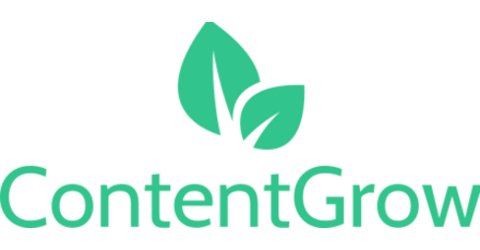Why many B2B companies are targeting the wrong customers
Hans Bunes reveals how AI/ML combining website scraping with firmographic data achieves 82% accuracy in B2B customer targeting—and why 35% of your current customers aren't ideal.

Hans Bunes has spent the past decade helping Fortune 500 companies and emerging B2B tech firms solve a problem most don't realize they have: they're chasing the wrong customers. As co-founder of Bunes & Ferenczi, a boutique advisory service based in Stockholm, Hans specializes in using AI and Machine Learning (ML) to help companies identify their true Ideal Customer Profile (ICP) rather than relying on outdated assumptions.
Bunes & Ferenczi works with B2B Tech/SaaS companies to create ICPs, build serviceable addressable markets, and audit data analytics tools for customer acquisition. The firm has worked with clients ranging from seed-stage startups to Fortune 500 companies, helping them achieve faster growth through more targeted customer acquisition strategies.
In this interview, Hans discusses how AI/ML can revolutionize customer targeting, the critical mistakes companies make when building lookalike models, and why focusing on website content alongside traditional firmographics produces dramatically better results.
Short on time?
Here’s a table of contents for quick access:
- The wrong question leads to wrong answers
- Why adding website scraping beats traditional segmentation
- The 80% accuracy that changed everything
- The fatal flaw in lookalike modeling
- Starting simple: AI for customer discovery
- Making it about them, not you
The wrong question leads to wrong answers
Hans's approach to AI/ML-powered customer targeting stems from a revelation he had while working with Hewlett Packard Enterprise (HPE) in 2018. Hans’ business partner Zsuzsanna Ferenczi was the marketing director for the Nordics and Benelux regions. She came with a problem statement: "Why are we losing market share?"
"But the reality was, once we dug through it, it wasn't a market share issue," Hans explains.
The real issue was more fundamental. With the massive shift to cloud computing happening at the time, HPE needed to identify which customers still required on-premises infrastructure solutions. The relevant question became: "Are we still relevant to them? And are they still relevant to us?"
This shift in thinking led Hans—then working with Dun & Bradstreet—to develop an AI/ML model that could analyse thousands of companies and rank them by their likelihood to become good customers for HPE. The model combined traditional firmographic data with something most companies ignore: the content on prospects' websites. Zsuzsanna decided to adopt this model for her team.
Why adding website scraping beats traditional segmentation
Traditional B2B segmentation relies heavily on historical firmographic data—industry codes, revenue figures, employee counts—that companies report annually. According to Hans, this approach misses a crucial element of effective targeting.
"The problem with that classical firmographic data set that we have is that it's backward looking," he notes. "It doesn't tell you anything about the future and current intentions that you have as a company."
Hans and Zsuzsanna discovered that companies reveal their current and future intentions in one key place: their websites. His machine learning models scrape website content to identify keywords and phrases that indicate a company's growth trajectory and strategic priorities.
Examples include references to "growth," mentions of "future locations," or discussions of expansion into new cities. When combined with traditional firmographic data, this approach creates a much more accurate picture of which prospects are worth pursuing.
"You could see it visually in the output," Hans explains. The companies with genuine growth intentions revealed themselves through the language they used online, while those content with the status quo had little to say about expansion or future plans.

The 80% accuracy that changed everything
The results of the Bunes & Ferenczi and Dun & Bradstreet’s AI/ML approach speak for themselves. In one project involving 24,000 companies, his model achieved 82% accuracy in predicting which companies would become customers within the next 12 months. More importantly, the model accurately predicted that companies in the bottom 30% would never buy—and indeed, no transactions came from that segment.
This precision allowed the Bunes & Ferenczi’s client to focus their finite resources on high-probability prospects. The year after implementing the model, they saw improved conversion rates, faster deal velocity, and accelerated growth compared to previous periods—all while prospecting fewer total accounts.
The key insight driving these results was identifying companies with clear intentions to grow their business. Bunes & Ferenczi found that companies happy with the status quo, regardless of their size or industry, made poor prospects for growth-oriented software solutions.
The fatal flaw in lookalike modeling

Most companies building AI-powered prospecting models make a critical mistake: they create lookalike profiles based on all their current customers. Hans discovered this approach can actually hurt targeting effectiveness.
"Every model that we've made ever indicated that between 25 to, let's say, 35% of the accounts you think could be your ideal customer profile is not," he reveals.
The problem lies in using historical data without considering how markets and needs evolve. "If you sold to someone three years ago, they may not be an ideal customer for you today," Hans explains. "So we need to take a snapshot in time on now, who is the ICP now and who should we emulate."
In practice, this means Hans regularly finds that 25-30% of a company's current customer base wouldn't qualify as an ICP today. These customers may still be revenue-generating but represent lower-value segments that shouldn't drive new acquisition targeting—they're not growth drivers for the business.
To avoid this trap, Hans recommends defining current ICP criteria first, then fact-checking existing customers against those standards. "Would I sell to them today? Based upon this, would I pursue them as prospects today?" he suggests asking. "And I think you'll find that 25 to 30% of them, you would say, no, today I wouldn't have sold to them."

Starting simple: AI for customer discovery
For teams without dedicated data science resources, Hans recommends beginning with AI-powered customer research rather than predictive modeling. The key is using AI to develop deeper understanding of target customers and their challenges.
"I think the best way for someone to use AI today is in what I call discovery—really asking questions," Hans explains. "How can I use AI to learn more about my customers? If I'm going after midsize companies in the US or the UK, how could I use AI and ChatGPT to research and better understand them?"
This customer discovery approach serves a crucial purpose: it enables more relevant outreach. Hans believes most companies are "drowning unsuspected customers with more irrelevant information at a bad timing" because they prioritize efficiency over relevance.
"What we're trying to do is to get to more people quicker, instead of asking ourselves, how do I get to more relevant people and relevant organization at the right time?" he observes. "I think the way to stand out in the noise today is relevancy and understanding of customers."

Making it about them, not you
Hans's most actionable advice for B2B outreach comes from a simple principle: make every interaction about the prospect, not your company. Even well-known brands fall into the trap of leading with their own achievements and capabilities.
Working with a Fortune 500 client, Bunes & Ferenczi helped their business development team shift from generic corporate messaging to prospect-specific outreach. Instead of calling prospects and immediately launching into company credentials and capabilities, the team began researching each prospect's recent developments first.
"Instead of saying, hey, it's blah, blah, blah from XYZ. I said, look at all the wonderful things we're doing," Hans describes the old approach. The new method flipped the script: "They would go, hey. It's blah, blah, blah from XYZ. I noticed that you guys are opening four new factories in Marseille in France. What does that mean from a business efficiency for you?"
This shift from self-focused to prospect-focused messaging became one of the biggest improvements for the sales team. "Anyone can try that. Anyone can do that," Hans emphasizes.
The approach works because it demonstrates genuine interest in the prospect's business challenges rather than simply trying to pitch a solution. Combined with AI-powered customer research, this methodology helps sales teams have more relevant conversations with better-qualified prospects.
For B2B companies struggling with customer acquisition efficiency, the Bunes & Ferenczi and Dun & Bradstreet’s AI/ML approach offers a proven alternative to traditional segmentation methods. By combining website intelligence with firmographic data and focusing on current business intentions rather than historical patterns, companies can achieve dramatically better targeting accuracy while avoiding the common pitfalls of lookalike modeling.





